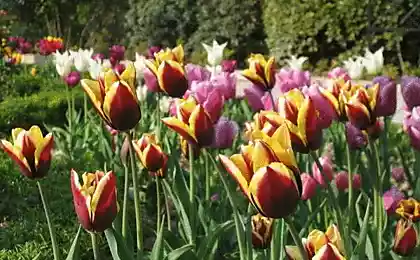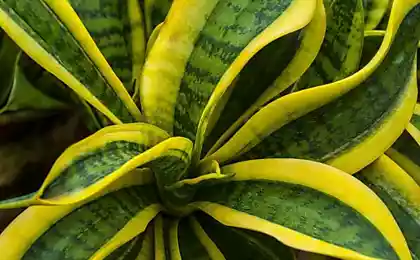171
Amazing silk flower of the Caucasus
Many vacationers on the Black Sea coast of the Caucasus call elegant albion “mimose”. Indeed, flowers have very long stamina threads, which, depending on the variety, can be white, pink or red, which gives them a high decorative value.
Albicia is a thermophilic plant of the legume family. People call it “silk acacia”.
The scientific name of the plant is Albizia julibrissin or Albizia Lankaran. The first part of the Latin name comes from the name of the Florentine Filippo Albizzi, who in 1740 brought this plant from Constantinople to Europe, the second part comes from "Gul-i-abrisham", which means "silk flower" in Farsi.
Not enough frost resistance, without damage can withstand a drop in temperature only to -15-16 °, at -18 ° freeze young branches, and at -20-22 ° freeze and the main branches of the crown.
Its flowering is abundant and long - begins in mid-June and lasts until September-October, depending on the weather. In autumn, it preserves its leaves for a long time. Albitions remain green until the last moment, and can only be destroyed by frost or strong wind. The fruit is a flat, long, webbed multiseeded bean.
The tree grows fast, lives 50-100 years. It is used as an ornamental plant for landscaping parks and squares in many countries with a warm climate. Albizia has a sprawling, umbrella-shaped crown. In height, this tree reaches 6-9 meters. It blooms July-August. The flowers of yellowish-white color are collected in shield-shaped broomsticks, stamens are long, pink in color. After flowering, fruits appear - flat multiseeded beans of brownish color 10-20 centimeters long.
Albicia is a good honey plant, and the bark of the tree has been used by many peoples since ancient times to paint wool and silk in brown and yellow tones. Dense wood with a beautiful pattern is well polished, used for the manufacture of furniture and household items.
Many holidaymakers on the Black Sea coast of the Caucasus call elegant albion “mimose”. Indeed, she does.
Source: www.7dach.ru
Religious music has a beneficial effect on the elderly
The Fresno Chaffee Zoo was born calf sakskogo bakers




















